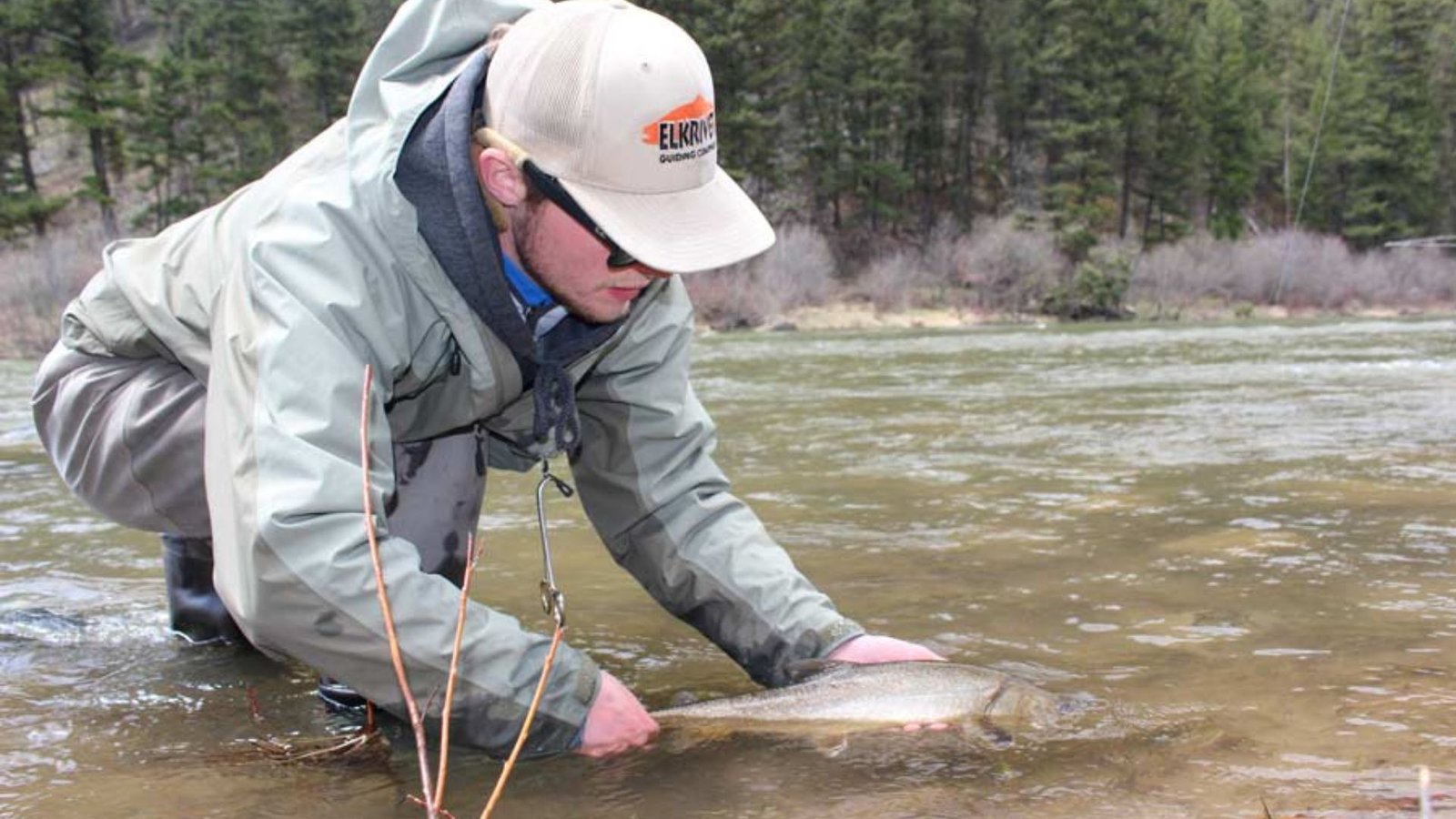Catch and release is an essential practice for sustainable fishing. It ensures that fish populations remain healthy and that future generations can enjoy the sport. When done correctly, it minimizes harm to the fish and maximizes their chances of survival.

Best Practices for Catch and Release in Salmon Fly Fishing
Understanding the Importance of Catch and Release
Catch and release help maintain fish populations, especially in popular fishing spots. By releasing fish back into the water, anglers contribute to conservation efforts and support a balanced ecosystem. This practice also ensures that fishing remains an enjoyable activity for everyone.
Preparing for Catch and Release
Preparation is key to effective catch and release. Make sure you have the right tools, such as barbless hooks, a rubberized net, and pliers for hook removal. These tools help reduce stress and injury to the fish.
- Barbless Hooks: Using barbless hooks makes it easier to remove the hook from the fish’s mouth, reducing the risk of injury.
- Rubberized Net: A rubberized net is gentler on the fish’s scales and mucous membrane, which protects them from infections.
- Pliers: Pliers make it easier to remove the hook quickly and safely.
Techniques for Safe Catch and Release
To ensure the fish’s safety, follow these steps:
- Minimize Handling Time: Handle the fish as little as possible and keep it in the water as much as you can. Prolonged exposure to air can cause stress and reduce the fish’s chance of survival.
- Wet Your Hands: Before touching the fish, wet your hands to prevent removing its protective mucous layer.
- Support the Fish: Use both hands to support the fish – one under the belly and the other near the tail. Avoid squeezing the fish, as this can cause internal injuries.
- Remove the Hook Carefully: Use pliers to remove the hook quickly and gently. If the hook is deeply embedded, it’s better to cut the line and leave the hook in place. The hook will eventually rust and fall out.
- Revive the Fish: If the fish appears lethargic, hold it in the water with its head facing upstream. This position allows water to flow through its gills, helping it to recover.
Post-Release Considerations
After releasing the fish, observe it to ensure it swims away strongly. A fish that swims off quickly has a higher chance of survival. If the fish seems disoriented or weak, continue to hold it gently in the water until it regains strength.
Ethical Angling
Ethical angling goes beyond just following the rules; it involves a genuine respect for the fish and their habitat. This includes:
- Respecting Regulations: Always adhere to local fishing regulations and guidelines. These rules are in place to protect fish populations.
- Using Appropriate Gear: Use gear that matches the fish you’re targeting. Using overly heavy or light tackle can harm the fish.
- Educating Others: Share your knowledge of catch and release practices with fellow anglers to promote responsible fishing.
Conclusion
Practicing catch and release responsibly is vital for the conservation of salmon and other fish species. By preparing adequately, handling fish with care, and educating others, you contribute to the sustainability of fishing. Remember, each fish you release is a step towards a healthier, more vibrant aquatic ecosystem.



